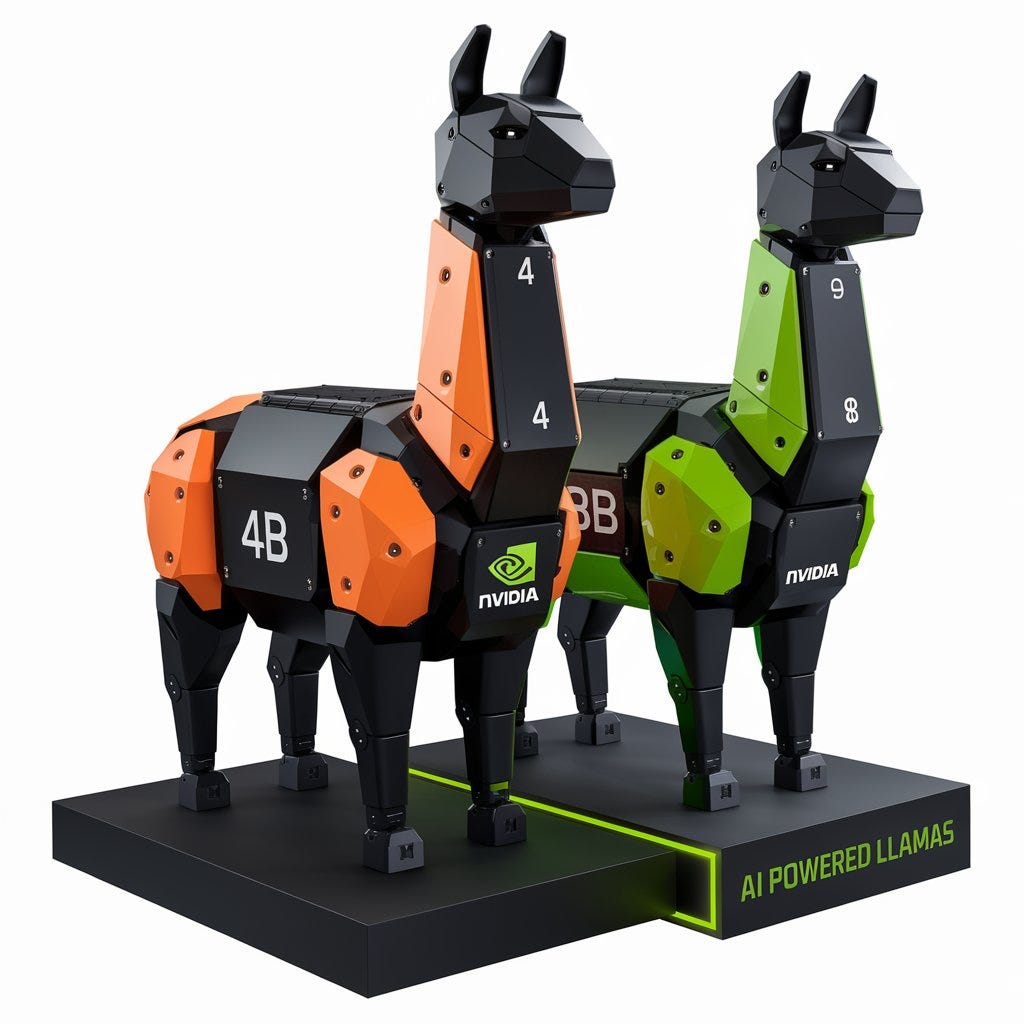The two resulting models of 8B and parameters respectively highlight the potential of distillation.
We are regularly dazzled by the advancements in large language models(LLMs) particularly the ones with a massive number of parameters. However, executing 70B+ parameter models for inference results cost prohibited for most organizations. As a result, we have seen a growing influence of smaller language models(SLMs) that make it more cost effective to execute inference workloads. However, there is not always possible to pretrain SLMs from scratch as there are major challenges in terms of data collection, pretraining pipelines and many others. A popular alternative have been to start with larger LLMs and distill them to smaller models. Pruning and distillation are two of the most popular techniques in this area. Recently, NVIDIA released two models called Minitron-8B and Minitron-4B based on distilled versions of Llama 3.1–450B.
Minitron focuses on reducing the size of AI models through pruning and distillation, making them more efficient without sacrificing too much accuracy. Pruning reduces a model’s size by either cutting layers (depth pruning) or removing neurons, attention heads, or embedding channels (width pruning). To recover some lost accuracy, retraining is often necessary after pruning.
How did they do it?


